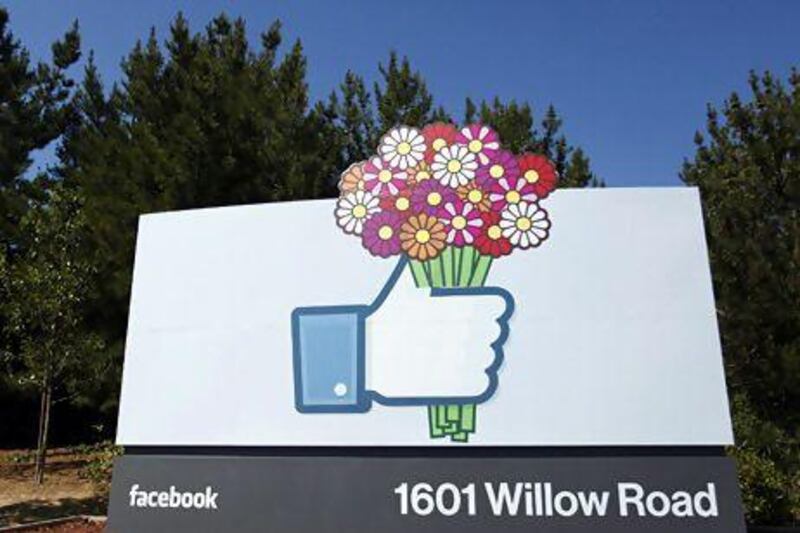Communicating on Facebook was once limited to status updates, wall posts and private messages. Now, the social network has evolved its methods of communication to include a real-time messenger app, stickers to help express emotions and chat heads to help you respond to messages while you are using other apps. Aaron Goldsmid, a product manager for messaging at Facebook has worked with the Berkeley Social Interaction Laboratory todevelop the social network's methods of communication to become more emotional and expressive.
There are a lot of these real-time messenger applications now, how does Facebook Messenger fit into this space?
We've always been in the messaging business and we see it as a core component. [Facebook Messenger] is a little more private and intimate. Since we have launched a dedicated messenger application it has been very well received. It doesn't hurt that we have a billion users - more than 10 billion messages are sent a day on Facebook. It is an extension of Facebook, it's the place you go to connect to the people you're closest to. Sometimes you want to share something more broadly, sometimes you want to share that more privately, so that is a key component of that.
You recently introduced "stickers" to Messenger, how are they different to traditional "emoticons"?
We didn't start with stickers. We started with the fact that these screens are great and help you stay connected. But something is lost - the body language, expressions, emotions, sentiments that just don't come across and our mission is to connect people, not just what I'm saying, but how I'm feeling too. We worked with a research lab at Berkley University who were doing a lot of work based on original research that Darwin did on how humans psychologically and biologically express emotions across genders, regions, nations. We took that research and used that as a way to create a visual emotional dictionary with a collection of amazing illustrators. We ended up with stickers we thought were the best way to express sentiment and emotion in a way that was fun and people wanted to use. They bring a bit of life, colour and expression to connect more emotionally. They have been very successful and well received.
You're launching a voice over internet protocol service too?
We've been testing it out and rolling it out to a number of nations. One of the things we are trying to figure out is the best way to make it work for our users. We've already seen great adoption and there is a tonne of appetite.
What's next for messaging?
It's a very, very busy space. We're more mobile, we just need a way to connect. Our next billion users don't have the latest and greatest devices and connectivity. That's why we launched Facebook for every phone and the growth has been epic. What's next is all about creating a rich experience around individuals and a small group of users, a richer and much more immersive experience so that you can have those conversations and private sharing moments.





